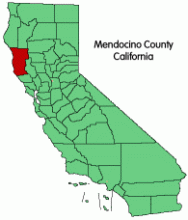All Hands on Deck: Minnesota Local Government Models for Expanding Fiber Internet Access

Update: Read an updated version of this report, published in July 2021, here, titled Minnesota Broadband: Land of 10,000 Connectivity Solutions [pdf]. It revisits all of the below communities to see how they fared over the intervening years, while adding new counties, communities, and, for the first time, two local Internet Service Providers.
Original Report: Minneapolis, MN —In 2010 the Minnesota legislature set a goal: universal access to high speed broadband throughout the state by 2015. As 2015 approaches we know that large parts of Greater Minnesota will not achieve that goal, even as technological advances make the original benchmarks increasingly obsolete.
But some Minnesota communities are significantly exceeding those goals. Why? The activism of local governments.
A new report by ILSR, widely recognized as one of the most knowledgeable organizations on municipal broadband networks, details the many ways Minnesota’s local governments have stepped up. “All Hands On Deck: Minnesota Local Government Models for Expanding Fiber Internet Access” includes case studies of 12 Minnesota cities and counties striving to bring their citizens 21st century telecommunications.
- Windom, which is one of the most advanced networks in the state, built their own network after their telephone company refused to invest in their community.
- Dakota County showed how a coordinated excavation policy can reduce by more than 90 percent the cost of installing fiber.
- Lac qui Parle County partnered with a telephone cooperative to bring high speed broadband to its most sparsely population communities.


